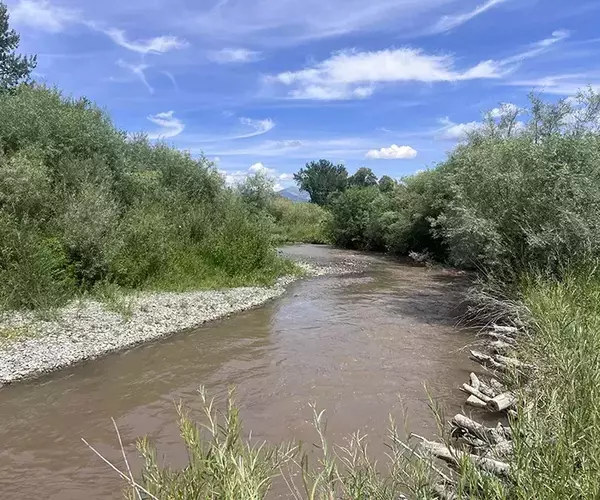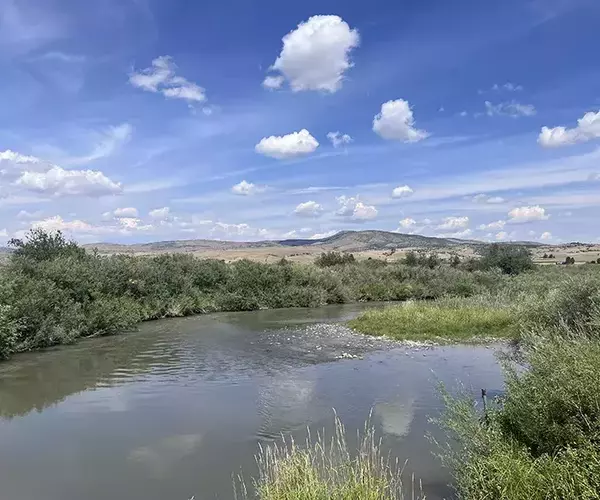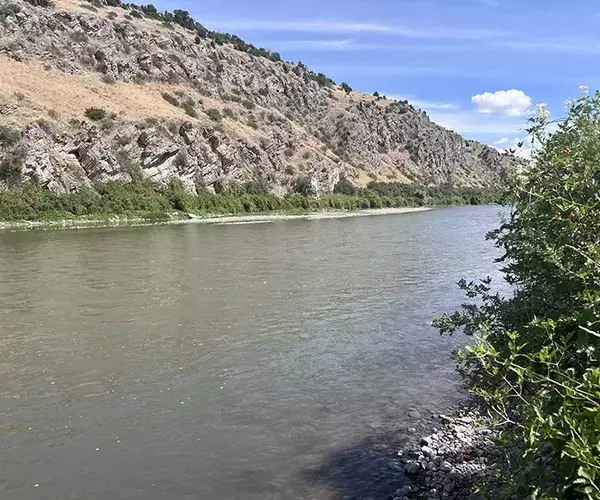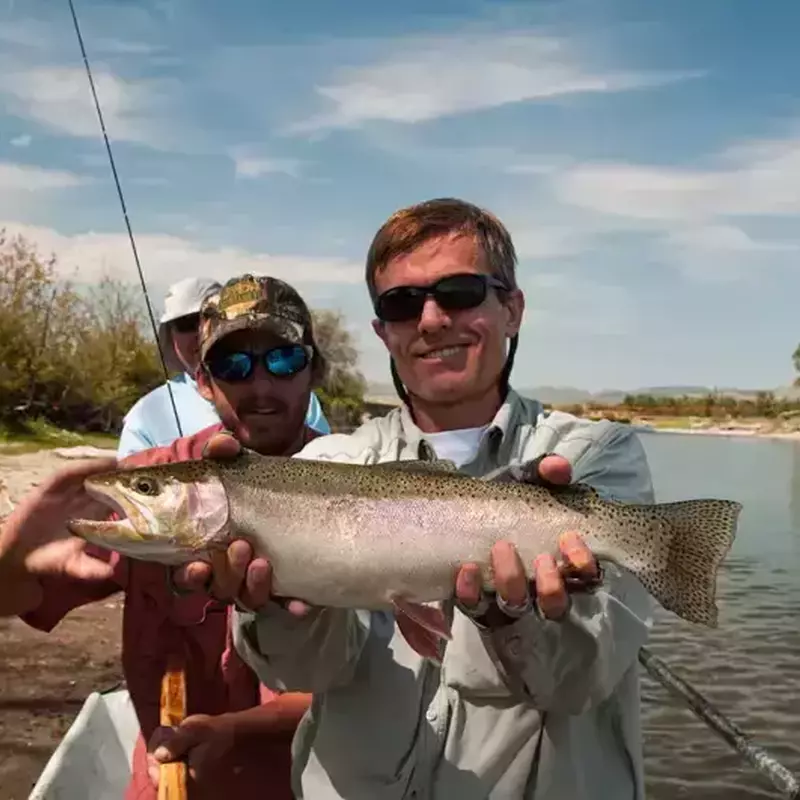Bozeman Fly Fishing: East Gallatin River Update
Posted by: Toby Swank
Date: 08/06/2025
On July 29, a significant rainfall event impacted the North Bridger Mountains on the Bozeman Ranger District of the Custer Gallatin National Forest. The storm delivered an intense rainstorm to steep, erosion-prone slopes, resulting in substantial trail damage and slope instability in the Truman Gulch drainage.
The Forest Service has closed a section of the Truman Gulch Trail between mileposts 1.6 and 1.8 due to unstable terrain. Unstable conditions and more erosion are expected to persist in the future following heavy rains.
The rainfall mobilized sediment, gravel, and organic material from upland slopes into Bridger Creek, which in turn transported the load downstream into the East Gallatin River. This event, recorded on USGS, shows the river drastically spiked on July 29th and 30th. This severe blowout has significantly contaminated the water for the time being. Anglers fly fishing the East Gallatin River can expect to encounter very muddy water for the time being – this likely will be the case for some time following periods of heavy storms in the Bridgers.
From a fisheries perspective, blowouts of this nature can have several short-term and potential long-term impacts. Fine sediment can infiltrate and cover spawning gravels, reducing egg survival rates for trout. Invertebrate habitat can be degraded, leading to temporary reductions in aquatic insect availability. These conditions also increase physiological stress in fish, often resulting in reduced feeding activity.
The East Gallatin is still very dirty in early August, with the sediment from the July 29 blowout lingering in the system. While flows have leveled out, fine silt remains suspended, keeping visibility low and making fishing tough. Clearing will take time, especially if more rain hits the North Bridgers and stirs things up again. Until the river settles back into its typical summer clarity, Bozeman fly fishing conditions are more consistent on the West Gallatin River, upstream of its confluence with the East Gallatin River.
Expect the system to be progressively clearer as you make your way downstream towards Manhattan and Logan, however, sediment is still in the entire system, creating off-color conditons.
Related Articles From the Montana Fly Fishing Blog

Category: Tips on Flyfishing Montana Rivers
10 Top Montana Fly Fishing Spots Near Bozeman
Post Date: 02/20/2024
An angler's paradise, many Bozeman fly fishing options are accessible and near town for a quick outing. From rivers to lakes and spring creeks, there is endless opportunity when targeting...
Read Article




